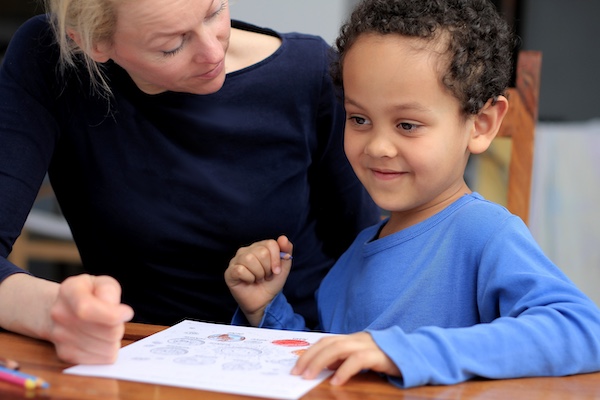Thanksgiving, a time traditionally associated with joy and gratitude, can pose unique challenges for families with autistic children. Successfully navigating these challenges is crucial for ensuring a holiday experience that is enjoyable and stress-free for every family member.
Here are strategies to help you prepare for a rewarding Thanksgiving:
1. Communicate with Guests
- Inform Guests About Your Child’s Needs: Educate guests briefly about your child’s specific requirements to promote understanding and support.
- Establish Guidelines: Communicate what behaviors are helpful and which might be overwhelming for your child.
2. Plan Ahead
- Maintain Regular Routine: Aim to keep your child’s daily schedule as regular as possible. If changes are expected, discuss them in advance.
- Familiarize with New Environments: If attending a celebration in an unfamiliar location, visit it beforehand to acclimate your child to the new setting.
3. Establish a Comfort Zone
- Tranquil Area: Designate a peaceful, comfortable area where your child can go to find calm if they start to feel overwhelmed.
- Familiar Objects: Ensure they have access to their favorite toys or other comforting items
Recent Posts
- Real Families, Real Results: Why AG Behavioral Services Is Transforming Lives Through ABA Therapy
- Understanding Autism in 2025: New Data Reveals Rising Prevalence and Changing Demographics
- “Respond and Expand”: A Simple Way to Boost Communication in Children with Autism
- What Causes Autism? Understanding the Factors Behind ASD
- Are Autism Rates Rising?
4. Handle Sensory Issues
- Reduce Noise: Use noise-cancelling headphones if loud sounds are a concern for your child.
- Cater to Dietary Needs: Prepare a special meal if your child has particular food preferences or sensitivities.
5. Engage Your Child in Preparation
- Participate in Cooking: Involve your child in safe culinary activities. This can foster bonding and make them feel included.
- Involve in Decorations: Allow your child to help choose or assist in decorating, giving them a sense of empowerment and involvement.
6. Organize a Timetable
- Visual Timelines: Use images or a visual timetable to represent the sequence of events on Thanksgiving Day.
- Scheduled Rests: Plan regular breaks to help your child relax and decompress.
7. Embrace Gratitude-Based Activities
- Autism-Friendly Crafting: Engage in simple crafts focused on thankfulness, suitable for children with autism.
- Storytelling: Share or read age-appropriate Thanksgiving stories that are engaging.
8. Remain Adaptable
- Alternative Plans: Have a backup strategy in case your child becomes too overwhelmed.
- Be Ready to Modify Plans: Be open to adjusting your plans and accept that not everything may go as expected.
9. Parental Self-Care
- Take Time for Yourself: Remember to take short breaks for yourself to prevent burnout.
- Ask for Assistance: Don’t hesitate to seek help from other family members or friends.
10. Acknowledge Achievements
- Celebrate Progress: Recognize and rejoice in the small successes and joyful moments of the day.
- Cherish the Happiness: Focus on the essence of Thanksgiving and the joy and love within your family.
Preparing for Thanksgiving with an autistic child involves effective communication, advance planning, and personal self-care. By adopting these strategies, you can create a Thanksgiving celebration that is enjoyable for everyone, embracing the unique qualities of each family member and building cherished memories together.
Facebook
Twitter
LinkedIn




